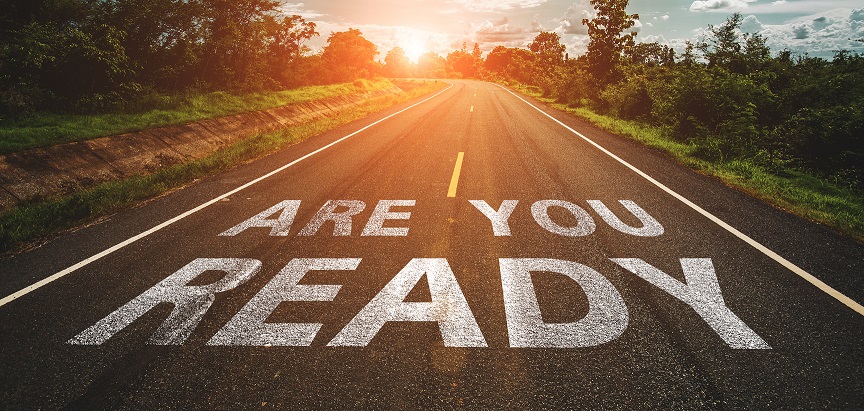Empowering Families: A Positive Approach to Setting Preparedness Goals for 2024
In today’s world, preparing for emergencies and potential disasters is not just a prudent measure; it’s an essential aspect of family life. However, the key to effective preparedness lies in a positive, proactive approach. This article offers a six-step, encouraging strategy for families to set and achieve their preparedness goals for 2024, ensuring peace of mind and safety for all family members.
- Open Communication: Building a Foundation for Preparedness
The first step in setting family preparedness goals is to establish open and positive communication. Sit down as a family and discuss the importance of being prepared. This is an opportunity to address any fears, especially those of children, and turn them into positive action. Use this time to educate each other about potential risks specific to your area, like natural disasters, and discuss how being prepared can alleviate anxiety and uncertainty.
- Setting Clear and Achievable Goals
Once everyone is on board, the next step is to set clear and achievable preparedness goals. These goals should be specific, measurable, and tailored to your family’s needs. For example, a goal could be to have a three-day supply of food and water for each family member by the end of the first quarter. Breaking down these goals into smaller, manageable tasks can make the process less overwhelming and more achievable.
- Engaging in Fun and Educational Activities
Learning about preparedness doesn’t have to be dull or frightening. Engage in fun, educational activities that involve the whole family. This could include games that teach basic survival skills, family outings to learn about local flora and fauna, or first-aid workshops. These activities not only educate but also help build a strong bond and a sense of teamwork within the family.
- Regularly Reviewing and Updating Your Plans
Emergency preparedness is an ongoing process. Regularly review and update your plans to accommodate any changes in your family situation, such as a new family member or a change in residence. Make it a fun family tradition to review your emergency plan and kits, perhaps at the start of each season. This ensures that your preparedness goals remain relevant and effective.
Get Your Free Subscription to PREPARE Magazine
- Practicing Drills and Scenarios
Practice makes perfect, and this is especially true for emergency preparedness. Conduct regular drills for different scenarios like earthquakes, fires, or floods. These drills should be approached positively, emphasizing how being prepared makes you powerful and capable in the face of adversity. Encourage each family member to take turns leading the drills, which can help build confidence and ensure everyone understands their role in an emergency.
- Celebrating Achievements and Milestones
As you achieve your preparedness goals, celebrate these milestones. Whether it’s assembling a complete emergency kit or successfully conducting a home evacuation drill, acknowledging these achievements reinforces the value of being prepared and motivates the family to
continue their efforts. Create a family “preparedness wall” where you can display certificates of completed first-aid courses or a chart tracking your progress in stocking emergency supplies. Celebrating these achievements not only fosters a sense of accomplishment but also turns preparedness into a positive and integral part of family life.
Building a Culture of Preparedness
Incorporating preparedness into your family culture is a powerful way to ensure long-term resilience. This involves not just having plans and supplies in place but also fostering a mindset where every family member understands the importance of being prepared and feels capable and empowered in the face of emergencies.
Empowering Children in Preparedness
Children play a crucial role in family preparedness. Involve them in setting goals and decisions about emergency planning. This not only makes them feel valued but also equips them with essential life skills. Teach them simple tasks like packing their own emergency bags or memorizing important contact information. Their enthusiasm and fresh perspective can often bring new ideas and energy to the family’s preparedness efforts.
Get Your Free Subscription to PREPARE Magazine
Leveraging Community Resources
No family is an island, and tapping into community resources can greatly enhance your preparedness efforts. Participate in local emergency preparedness programs, attend community workshops, and connect with neighbors to build a supportive network. This community engagement not only broadens your preparedness resources but also strengthens the overall resilience of your neighborhood.
Incorporating Technology
Technology can be a valuable ally in achieving your preparedness goals. Use apps for emergency alerts, organize your family’s emergency information digitally, and leverage online resources for up-to-date information on potential hazards and best practices in emergency preparedness.
Conclusion: A Journey of Resilience and Confidence
Setting family preparedness goals for 2024 is more than just a checklist of tasks; it’s a journey towards building a resilient and confident family. By approaching this process with positivity, open communication, and a spirit of learning and teamwork, you can transform the challenge of preparedness into an empowering family experience. Remember, the ultimate goal is not just to prepare for emergencies but to foster a sense of security, empowerment, and resilience that permeates every aspect of your family life.




